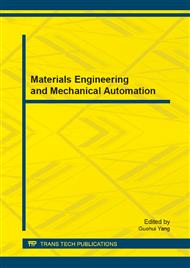p.583
p.588
p.593
p.599
p.607
p.617
p.623
p.628
p.634
Models of Choice between Shopping and E-Shopping
Abstract:
In the era of the new economy, research on freight transport and logistics in urban areas can not ignore the impact of the internet on society. From the point of view of e-commerce, the Web is joined in the daily life of the Italians not only for the growing opportunities to shop at better conditions than the other channels, but for the enormous possibilities that the Internet provides for those who has time, desire and interest to search the site data and useful information to make more effective shopping for a product or a service. The effects of these changes on the transport demand are manifold: on the one hand, the use of virtual activities replaces a series of physical movements, on the other hand the individual who carries out these activities virtually could use the time saved to perform other tasks or perform another type of movement. No less important are the impact of e-commerce on the distribution, since the online purchasing determine, in a specific area, a number of points to be served with high variability and, therefore, quite different from the default items identified by the traditional commercial structure of that area. In the present work some studies on the effects of e-economy and e-commerce on passenger transport and freight transport are detailed and the processes of acquisition of the database for the development of a behavioral model for simulating consumers choices about e-shopping and shopping in trade are defined. The model allow to predict the effects of new technologies on consumers habits and act on demand, focusing on services that may mark the success of innovative approaches to the management of urban transport. The specifications, calibration and validation of models to choose between e-commerce and physical commerce are presented.
Info:
Periodical:
Pages:
607-616
Citation:
Online since:
October 2013
Authors:
Keywords:
Price:
Сopyright:
© 2014 Trans Tech Publications Ltd. All Rights Reserved
Share:
Citation:


